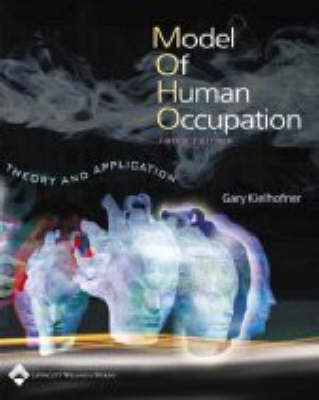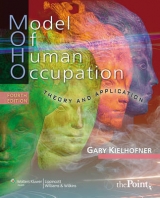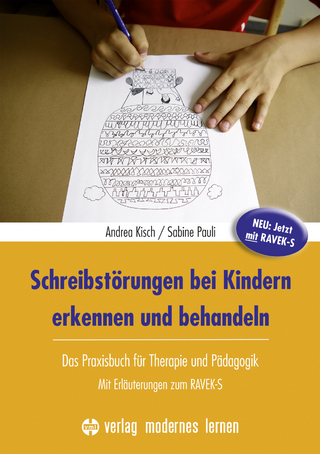
A Model of Human Occupation
Lippincott Williams and Wilkins (Verlag)
978-0-7817-2800-3 (ISBN)
- Titel erscheint in neuer Auflage
- Artikel merken
Presenting the new edition of the text that delivers the most widely-used and developed conceptual model in occupational therapy. Beautifully redesigned and fully revised, the "Third Edition of A Model of Human Occupation" (MOHO) delivers the latest in human occupation research and application to practice. This authoritative text explores what motivates individuals, how they select occupations and establish everyday routines, how environment influences occupational behavior, and more. The features new to this edition include: a reader-friendly format with second color and additional illustrations and anecdotes; more case examples for integrating the model into practice; a discussion of the therapy process and how change occurs; language linked to UT and ICIDH-2 terminology; a research chapter; and numerous research references highlighting the growing body of evidence supporting MOHO.
Chapter 1 Introduction to the Model of Human Occupation Section One: Theoretical arguments Chapter 2 Motives, Patterns and Performance of Occupation: Some Basic Concepts Chapter 3 The Dynamics of Human Occupation Chapter 4 Volition Chapter 5 Habituation: Patterns of Daily Occupation Chapter 6 Performance Capacity and the Lived Body Chapter 7 The Environment and Occupation Chapter 8 Dimensions of Doing Chapter 9 Crafting Occupational Life Chapter 10 Doing and Becoming: Occupational Change and Development Section Two: Client-centered Approaches to Applying the Model in Therapy Chapter 11 A Framework for Therapeutic Reasoning Chapter 12 Gathering Client Information Chapter 13 Observational Assessments Chapter 14 Self-Report Assessments Chapter 15 Talking with Clients: Assessments that Collect Information through Interviews Chapter 16 Assessments Combining Methods of Information Gathering Chapter 17 How to Best Know the Client: Choosing and Using Structured Assessments and Unstructured Means of Gathering Information Chapter 18 The Process of Change in Therapy Chapter 19 Therapeutic Strategies for Enabling Change Section Three: Case Illustrations Chapters 20 Putting Theory into Practice Chapters 21 Re-crafting Occupational Narratives Chapters 22 Applying MOHO to Clients Who Are Cognitively Impaired Chapters 23 Facilitating Participation Through Community-Based Interventions Chapters 24 Enabling Clients to Reconstruct Their Occupational Lives in Long Term Rehabilitation Chapter 25 Use of MOHO to Complement Other Models of Practice Section Four: Program Development, Research, and Further Resources Chapter 26 Program Development Chapter 27 Research: Investigating MOHO Appendices Appendix A References Appendix B A Guide to the MOHO Website
| Erscheint lt. Verlag | 1.6.2002 |
|---|---|
| Illustrationen | Wayne Hubbel |
| Überarbeitung | John Butler |
| Zusatzinfo | 146 |
| Verlagsort | Philadelphia |
| Sprache | englisch |
| Maße | 187 x 235 mm |
| Gewicht | 953 g |
| Themenwelt | Medizin / Pharmazie ► Physiotherapie / Ergotherapie ► Ergotherapie |
| ISBN-10 | 0-7817-2800-2 / 0781728002 |
| ISBN-13 | 978-0-7817-2800-3 / 9780781728003 |
| Zustand | Neuware |
| Haben Sie eine Frage zum Produkt? |
aus dem Bereich



